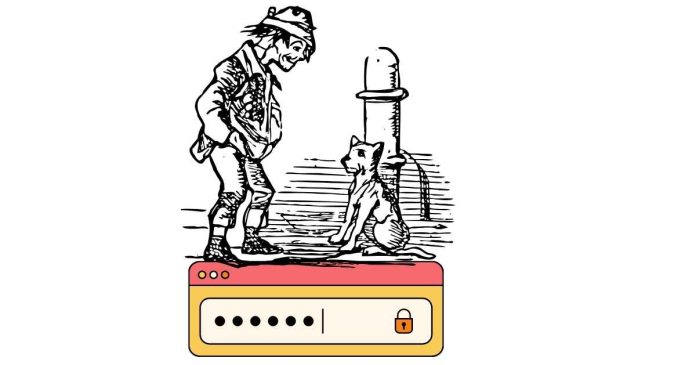The hobo code is a system of symbols used by homeless people (hobos) during the Great Depression to communicate valuable information, like directions to shelters, food, or safe places to stay. The “hobo passwords” you mentioned are likely referring to this system of codes. Each number from 1 to 7 may represent a specific symbol, meaning, or instruction in this context.
Breakdown of the hobo codes, with the numbers 1-7 and their meanings based on historical sources:
Hobo Codes for 1-7:
1. 1 – “A Circle or O”
Meaning: “Safe camp” or “good place to sleep.” This symbol indicated that a certain area was safe for camping or resting. Often placed on signs or posts where travelers would pass.
2. 2 – “A Cross”
Meaning: “Dangerous place” or “stay away.” The cross symbol was used to indicate a location that was not safe, either due to hostility or risk of getting caught by authorities.
3. 3 – “An Upside-Down Triangle”
Meaning: “Police are nearby.” This was a warning to fellow travelers that law enforcement or authorities were in the area, so it was best to avoid or move quickly.
4. 4 – “A Square”
Meaning: “Plenty of food.” The square symbol suggested that a location (often near a house or community) would provide free food or was a place where one could expect food donations.
5. 5 – “A Diamond”
Meaning: “Safe house” or “a friendly person lives here.” This symbol was used to mark areas where a hobo could expect to find friendly people who might offer help or hospitality.
6. 6 – “A Triangle”
Meaning: “Dangerous dogs” or “beware of animals.” This symbol was a warning to stay away from places that had aggressive or dangerous dogs, which could be used for protection or guarding property.
7. 7 – “A Horizontal Line”
Meaning: “No food or help here.” This symbol was used to mark places where there was little to no chance of getting assistance, whether in the form of food, shelter, or other resources.
Additional Context:
The hobo code was not a single universal language but rather a system of symbols that evolved regionally across different areas. It helped itinerant workers, travelers, and the homeless navigate the country, find resources, avoid danger, and communicate with each other without verbal communication or written words.


